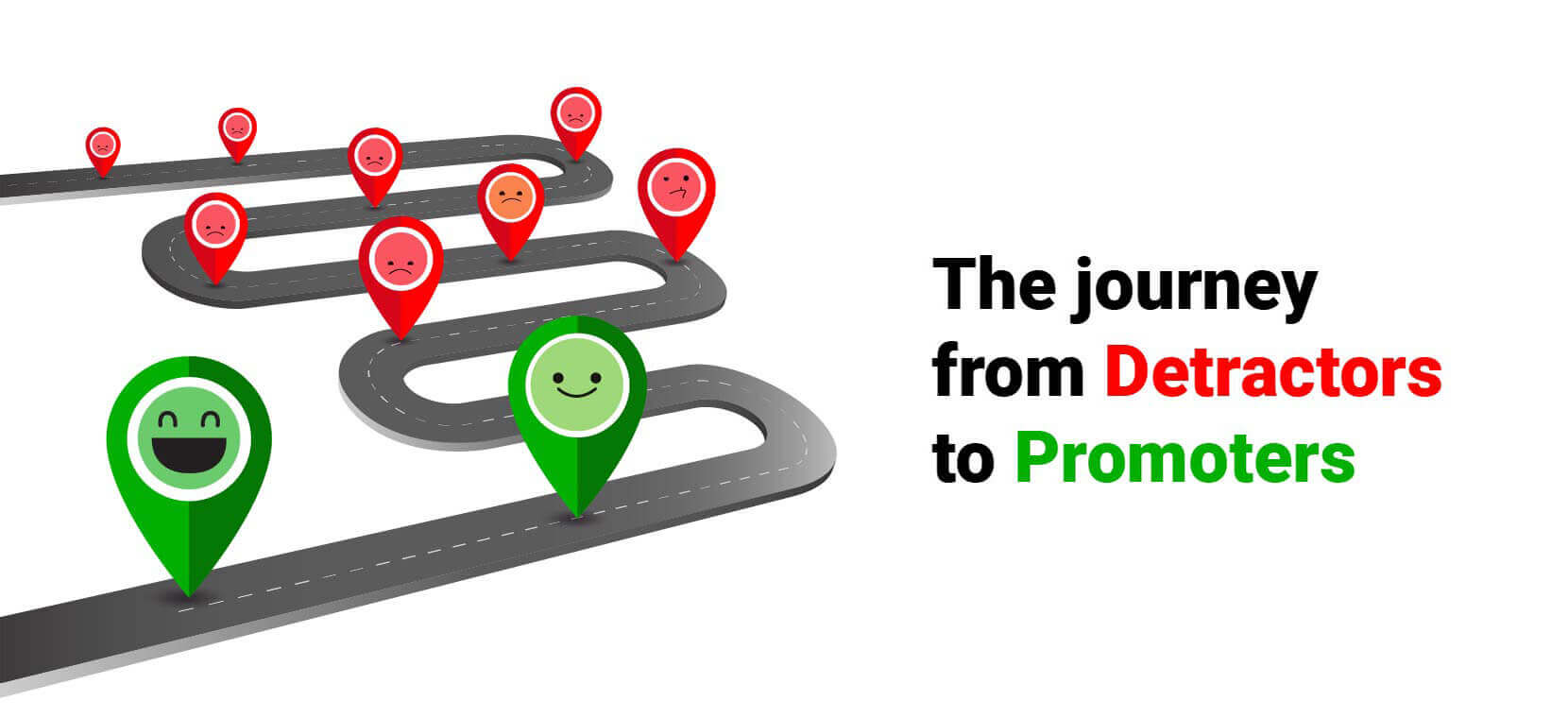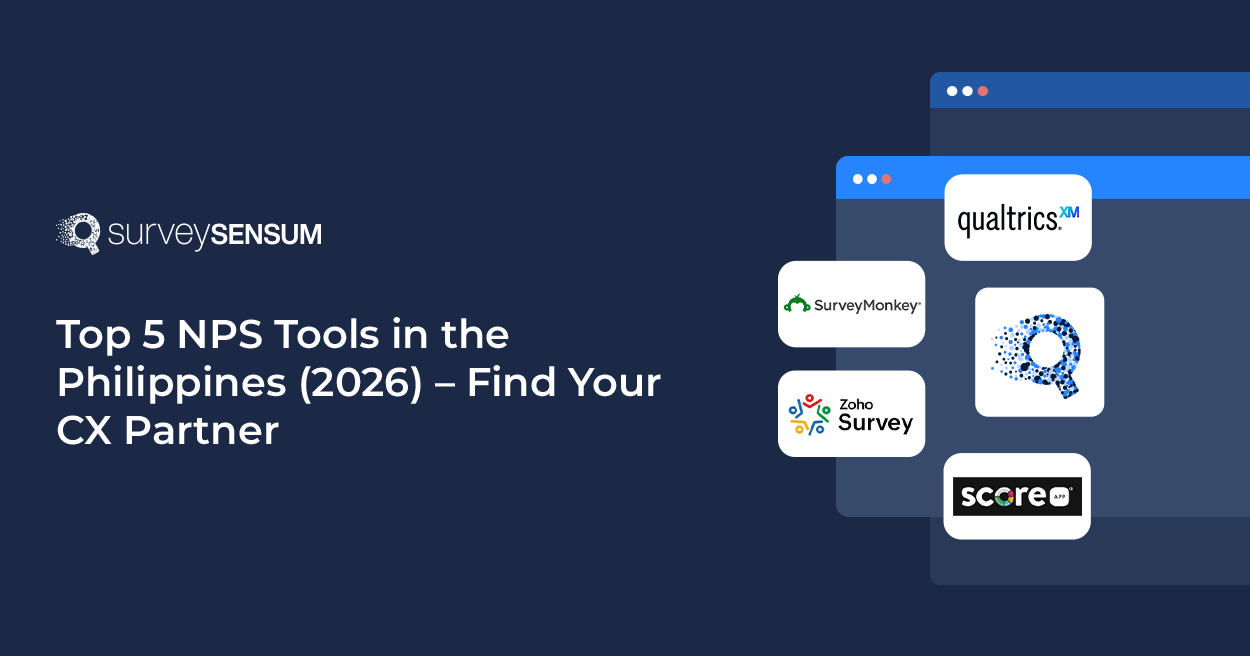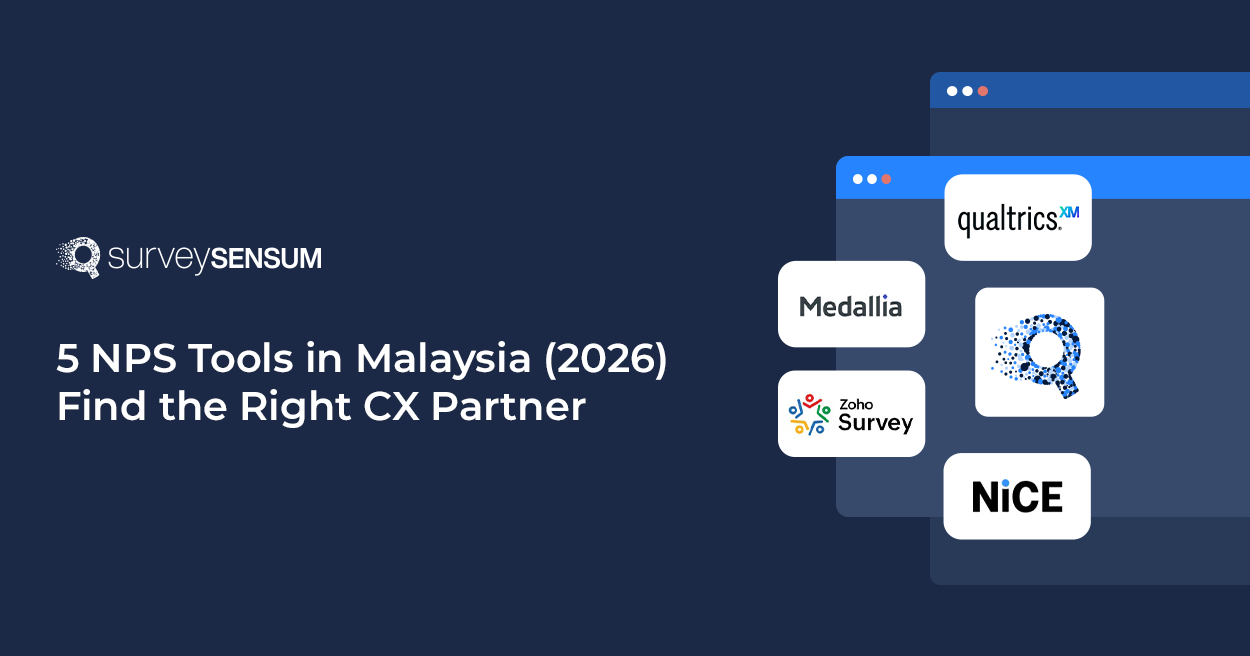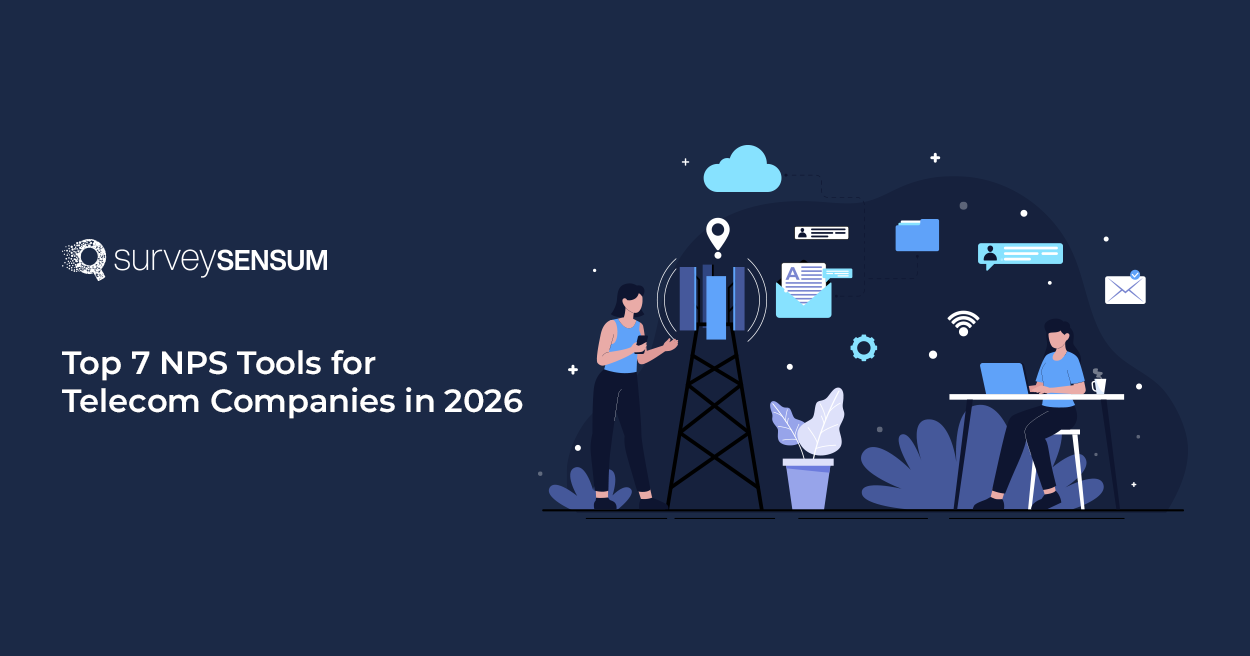

I recently had a bad delivery experience with a food aggregator and like any irate customer, I let the live agent know about the same.
They ensured to give me a call within 3 min of receiving my unpleasant message, initiated a refund, and also offered an additional 20% discount for my next order.
Now, will this bad experience deter me from ordering again on this platform?
Well, No.
Not just because they gave me that 20% discount coupon but because they were human enough to admit their mistake. And ensured that my experience with their brand was satisfactory in the end by tackling her unpleasant experience immediately.
Had it not been for such great customer service, the aggregator would have lost a loyal customer. That’s the power of an efficient Customer Experience. It is as important as the product or service experience.
I often wonder how many companies have formalized such a process of handling an unhappy customer.
Firstly, are businesses even capturing their customers’ feedback?
Secondly, if the brands are aware of such unhappy customers. And if they are, are they quickly reaching out to these customers before the customer decides to wash the dirty linen in public?
After doing a bit of research, it turns out that such a proactive process of handling unhappy customers is not as common as it may seem.
Perhaps, to grow a business in this competitive market, it has become important to capture valuable customer feedback wisely and be aware of how happy or unhappy your customers are with your services, products, or experience.
So, what is a detractor?
To keep track of the ratio of their happy to unhappy customers, organizations calculate Net Promoter Score.
The Net Promoter Score is a standard customer experience metric that enables businesses to gauge their customer loyalty. In simpler terms, NPS metric measures the willingness of the customers to recommend your brand to their family or friends on the NPS scale of 0 to 11. Depending on the responses, the customers are categorized into the following three categories.

- Promoters (9 or 10): They are the customers who are most loyal to the brand and can potentially be turned into brand advocates.
- Passive (7 or 8): They are the customers who are merely satisfied with the brand and may switch to other brands if they provide better offerings.
- Detractors (0-6): They are the customers who had a negative experience with the brand and can damage the brand’s reputation.
The benefit of using different types of NPS is that it helps your brand to identify the promoters and detractors of your business.
The ratio of promoters to detractor definition is critical to understanding the overall sentiment of your customers.
Successful businesses often keep track of the same and have an exponentially higher percentage of promoters v/s their detractors. But there remains a grey area of receiving no feedback.
Many businesses make the common mistake of perceiving the absence of negative feedback as a sign of customer satisfaction. Well, the bad news is that your customers may not be happy, or worse, they may be sharing their bad experiences with others before they reach you.
That’s why it is really important to boost your NPS survey response rate.
Now that you know who doesn’t like your brand’s service, product, or experience, it is imperative you talk to them and resolve their issues.
Use our NPS template to create an efficient survey
In this article, we focus on this important customer category called “what is a detractor in NPS” and how can you convert them into promoters.
But, why should you turn detractors into promoters?
Detractors speak louder than promoters. They leave a larger negative impact than a positive one. Also, due to dissatisfaction with the product or service or negative customer experience, detractors’ can discourage other potential customers from using your services or products.
Moreover, if they share their negative experiences on social media platform, it could really hurt the brand.


Though promoters are valuables in themselves, detractors don’t have any less value than promoters. Rather they are more important as they share their real feedback and help you identify the problem. In fact, the detractors can be your biggest promoter if smartly managed.
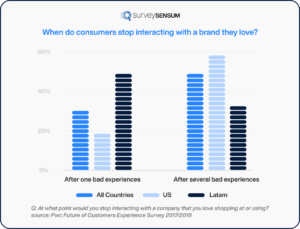
So now that we know that we really need to turn the detractors into promoters, let’s first understand the measure we can take to handle these detractors.
Now, how to turn detractors into promoters in 2024?
Changing a detractor into a promoter takes more than one phone call and requires a journey of interactions. Now, that we know how to handle detractors, let’s see how we can convert detractors into promoters through these 4 strategies.
1. Create an omnichannel feedback collection
Your customers are everywhere. Be it emails, chats, social channels, emails, or web apps. So, make sure that it is really easy for the customers to reach out to your support team from all these channels.
Then, automate the process of gathering customer feedback at all the touchpoints across the customer journey on all the channels. And ensure that all the feedback is gathered in one place for analysis and is shared with the relevant teams in time.
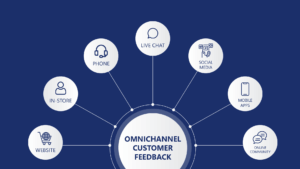
Gather omnichannel feedback with the FREE NPS survey
2. Set up or update the internal processes to address customer complaints across the customer journey.
Most businesses deal with detractors in a very reactionary manner and take decisions on a case-to-case basis rather than setting a process around it. Let’s take the aggregator scenario shared above. In a traditional setting, most businesses would expect their call center team to deal with irate customers and handle their complaints and document them for future training purposes. But this is not the solution!
If a business keeps taking reactionary measures, it may not have enough time to make relevant changes in the complaint-handling process. Instead, with a small assessment of its customer journey, an organization can identify the likelihood of
- receiving complaints across multiple channels,
- provide sufficient self-service resolution options,
- set up an instant reward incentive to avoid churn,
- arrange a follow-up call to understand the concern or,
- automate a comprehensive email journey to keep unhappy customers posted about their issue resolution.
So, assess your customer journey, plan the requisite follow-up process, and measure the relevant metrics.
3. Create a detractor alert
At this stage of digitization, nobody has the time to wait for the support to respond. Because they have plenty of other options/brands to move on to.
That’s why it is critical that as soon as an unhappy customer shares their feedback, you RESPOND.
Listen to them, understand their issues, and give them a resolution in time.
All of this can be done by creating a detractor alert. Doing this will give you instant notification on your CRM/ workspace as soon there is a detractor so that you can take the required actions in time.
4. Apply your NPS data insights to do data-driven planning
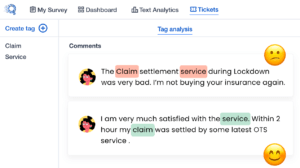
Mapping the NPS results with the customer journey can give you insightful data to improve the customer experience. But how can you do it?
- Do result-driven planning before interacting with any detractors.
- They are already disappointed with the experience they had with your brand, so approach them with a plan of action.
- Track the progress by taking the survey again with the same targeted audience to map the action plan implemented with the results.

Mark Webster, Co-Founder at Authority Hacker shared his experience with NPS. “We started monitoring our customer feedback using an NPS system early last year and have gained tons of valuable insight from it. We started by analyzing every detail we could find about our detractors and one thing that really stuck out is that their engagement with our product was low.
Hence, for every member, we send a short 2-minute onboarding video to explain what our course has to offer, how to get help, and generally how to make the most out of its features. We also communicate a lot more during the first 30 days of their purchase to make sure they’re getting on okay. This helps us identify pain points and ensure that users are using the course as intended. This has really helped us convert a large number of detractors into promoters.”
Launch an NPS survey and analyze results
5. Follow-up with the Detractors
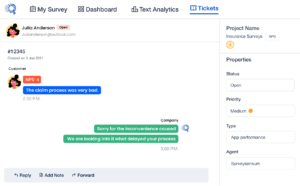
Customer surveys don’t tell you everything. We need to deep dive into the customers’ issues. So follow up with your detractors on a personal level. Understand the issue from the core.
And while doing so, humanize the detractor interactions to neutralize their negative sentiment.
- Start a conversation with an introduction and apologize for the experience they had with your brand.
- Empathize with them and show them that you care.
- Address their concerns without being defensive and do not make any false promises to them.
- Always choose a knowledgeable rep who is calm, knows the product or service in and out, and has the authority to make the decision instantaneously.
- Do not create multiple levels of communication.
- Also, don’t forget to take consent from the detractors to follow up and ask for their preferred mode of communication.
Few steps in humanizing the interactions can go a long way in transforming detractors into promoters.
6. Fix the problems from the core and strengthen your relationship with them
Don’t resolve the issue for one person. Rather remove it from the core, such that no one faces the same issue again. When they’ll experience that there were heard and their feedback made an impact, they’ll stick with your brand.
The voice of customers needs to be heard, always! Customers are satisfied when they are heard and thus, become loyal to your brand. This creates value and brand equity in the market if conducted correctly.
So, once you cater to the customers’ needs attentively, even the detractors start doing the word of mouth promotion, which of course, turns them into promoters.

Neal Taparia, Founder at Solitaired shared how his team has turned a detractor into a promoter, “We’ve dealt with many angry customers and turned them into promoters. We had an issue with a customer who had lost her data. We immediately acknowledged the issue and relayed that we would prioritize looking into it. We told the particular customer we had fixed her problem. A few hours later, low and behold, the problem wasn’t fixed as the customer lost even more data. The person was irate and immediately demanded we refund her subscription. Along with refunding the customer, we acknowledged our error and how we planned to learn from it. More importantly, we were human about it and the customer was able to see that we, like anyone, made mistakes too.
After the end of the ordeal, we sent the customer a $50 Amazon gift card. We later received another support message from this person saying that she was our biggest fan given how human we were about the entire ordeal and was surprised by how well we listened to her issues! So to summarize, we turned our detractor into a promoter by admitting our mistake, acknowledging our learnings, being human about it, and going above and beyond.”
7. Communicate to the customer
Close the feedback loop by communicating what you have done with the customer feedback. Customers feel valued when their problems are addressed and certain actions are taken to improve their experience with the brand.
And when you are ACTING on their feedback, then why not spread the word around?
For a small sample of customers, you can simply call them. For the larger sample, add it to your newsletter or post it on social media.
Here’s an awesome example of Olay – How it made use of customer feedback, resolved their issues, and gained customers’ trust by communication.
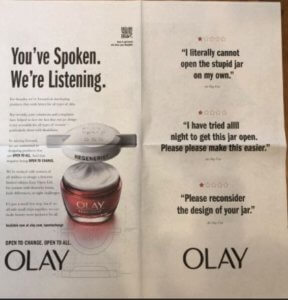
And the end of the day, it’s all about closing the feedback loop.
Use our NPS template to create an efficient survey
The three E’s of Customer Experience
Your customer experience must be easy, effective, and should instill positive emotion.
When your customers visit your website or an app, they expect an easy and effective service that fosters a positive emotional bond between you and the customer.
Reflect upon your past interactions and leverage those insights to deliver these three and strengthen customer loyalty and retention.

William Taylor, Sr. Career Advisor at VelvetJobs says, “Use an NPS software tool. In my previous company, we used an NPS survey software to turn our detractors into promoters. Using an NPS survey helped us capture qualitative customer-powered data that we could easily convert into proactive and customer-driven strategies. For example, we used to ask questions from detractors about our products and services. Their tangible and detailed complaints on our products and services were a goldmine of insights. They helped us improve our products and services to deliver a better customer experience.
Apart from that, we used to also contact them personally through calls or by personal emails. We’d ask them various engaging follow-up questions and also to outline the solution they want from our company.”
Conclusion
Turning Detractors into Promoters takes more than a phone call. It requires multiple interactions.
The two most critical things to focus on are constant follow-ups to analyze the progress, and always resolving the issue as a whole and not just for a single customer.
Also, keep your customers at the center of your business and reach out to the detractors with no bias or personal motivation.
It is crucial to focus on your detractors and turn them into promoters to proactively prevent customer churn, boost positive word-of-mouth, and social media endorsements, and enhance brand perception.
Brands usually ignore the detractors as they don’t guarantee any positive results. But they are really important as they provide the real picture and give the opportunity to identify the areas of improvement.








